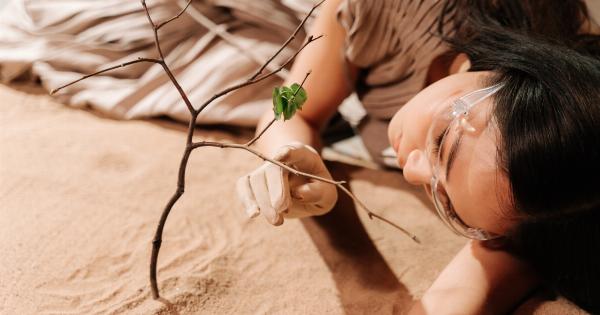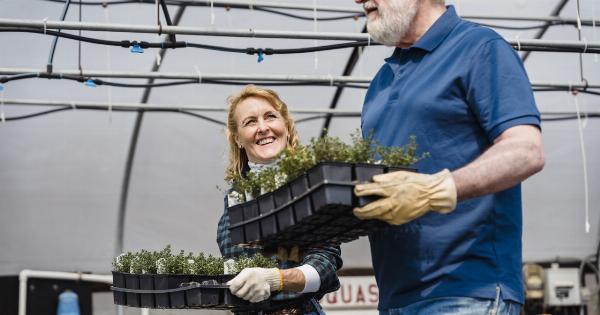Welcome to the world of fronticulture! Whether you are new to gardening or an experienced gardener, this comprehensive guide will provide you with all the information you need to create a beautiful and thriving front garden.
From selecting the right plants to designing the perfect layout, we’ve got you covered. So let’s dive in and explore the wonderful world of fronticulture.
1. Understanding Fronticulture
Fronticulture is the art and science of gardening specifically focused on the front garden. The front garden is the first thing visitors see when they approach your home, so it’s important to make a good impression.
Fronticulture involves carefully selecting and arranging plants, optimizing the use of space, and creating a visually appealing and welcoming front garden.
2. Assessing Your Front Garden
The first step in fronticulture is to assess your front garden. Consider the size and shape of the area, the amount of sunlight it receives, and the soil conditions. This will help you determine the types of plants that will thrive in your front garden.
It’s also important to consider any existing features, such as pathways, fences, or walls, and how they can be incorporated into your overall design.
3. Choosing the Right Plants
Once you have assessed your front garden, it’s time to choose the right plants. Consider the climate in your area, the amount of maintenance you are willing to do, and the overall aesthetic you want to achieve.
Some popular front garden plants include roses, lavender, hydrangeas, and boxwood. Be sure to select a variety of plants that bloom at different times of the year to keep your front garden looking vibrant throughout the seasons.
4. Creating a Layout
A well-designed layout is crucial for a successful front garden. Consider the different elements you want to incorporate, such as flower beds, shrubs, trees, and pathways. Think about the flow of the garden and how visitors will move through the space.
Use visual cues, such as curves or focal points, to create interest and draw the eye. You can also use different levels and layers to add depth and dimension to your front garden.
5. Planting and Maintenance
Now that you have chosen the right plants and created a layout, it’s time to start planting. Follow the planting instructions for each plant to ensure they have the best chance of thriving.
Be sure to water them regularly and provide any necessary fertilizer or nutrients. In terms of maintenance, regular pruning, weeding, and mulching are essential to keep your front garden looking its best.
6. Adding Decorative Elements
Don’t forget to add some decorative elements to your front garden to enhance its visual appeal. This can include items such as garden statues, birdbaths, decorative pots, or even a water feature.
Just be sure to choose elements that complement the overall style and theme of your front garden.
7. Incorporating Seasonal Changes
One of the joys of fronticulture is the ability to embrace seasonal changes in your garden. Consider planting bulbs that will bloom in the spring or deciduous trees that will provide stunning fall foliage.
You can also incorporate seasonal decorations, such as wreaths or potted plants, to add a festive touch to your front garden.
8. Lighting Your Front Garden
Proper lighting can greatly enhance the beauty of your front garden. Consider installing outdoor lighting to highlight key features, such as pathways or focal points.
You can use a variety of lighting options, from solar-powered lights to low-voltage LED lights, to create a warm and inviting atmosphere in your front garden.
9. Sustainable Fronticulture
In today’s eco-conscious world, sustainable gardening practices are more important than ever. Consider incorporating sustainable elements into your front garden, such as rainwater harvesting, composting, or using native plants.
These practices not only help preserve the environment but also create a more resilient and low-maintenance front garden.
10. Showcasing Your Front Garden
Your front garden is a reflection of your personal style and creativity. Consider participating in local garden tours or entering your front garden into competitions to showcase your hard work and inspire others.
Sharing your front garden with the community can also be a rewarding experience that allows you to connect with fellow gardening enthusiasts.



























